NatureZen: How to be Punctual
words and photos by Melissa McMasters
As part of last year’s NatureZen holiday card rollout, we introduced you to the calligrapher flies, tiny flower-loving creatures whose markings look like intricate doodles. This time we’ll go on a short survey, starting with the punctuation mark butterflies.
Two of our Old Forest butterflies–the favorites of English majors everywhere–can be recognized by small white markings on their outer wings. The question mark is named after the dot and curve that break up its camouflage. This butterfly, which overwinters in the park and pops out on warm days, resembles the dead leaves that blanket the forest floor at the beginning of its flight season.

Its close cousin, the Eastern comma, is smaller and has a less prominent “tail.” But the easiest way to tell them apart is that the comma only has a single white marking.
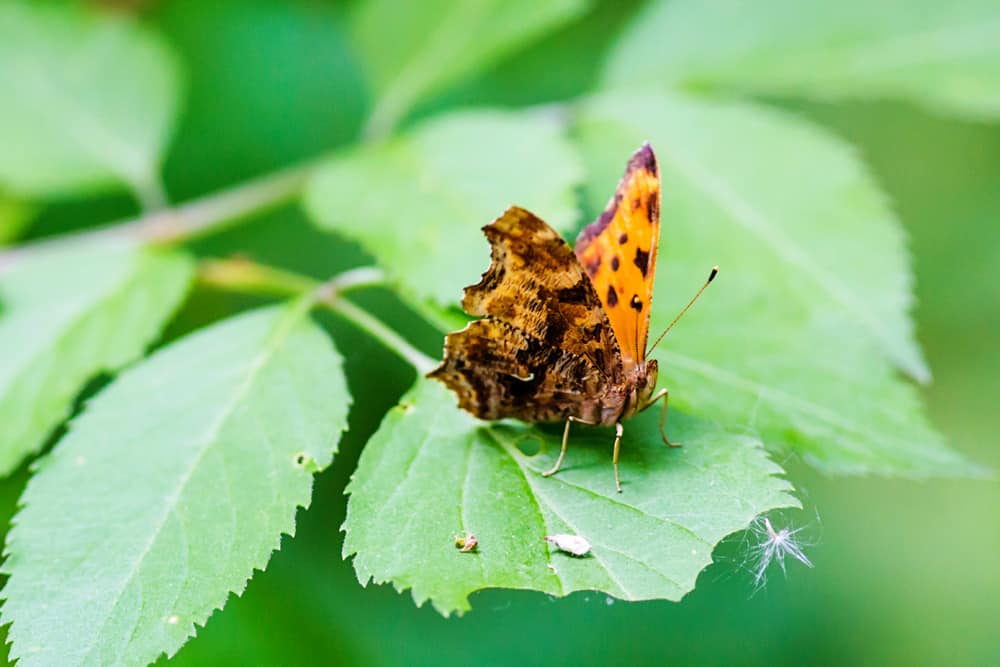
(On another note, I recently saw an Eastern comma caterpillar for the first time, and whoa. Those spines! So metal!)
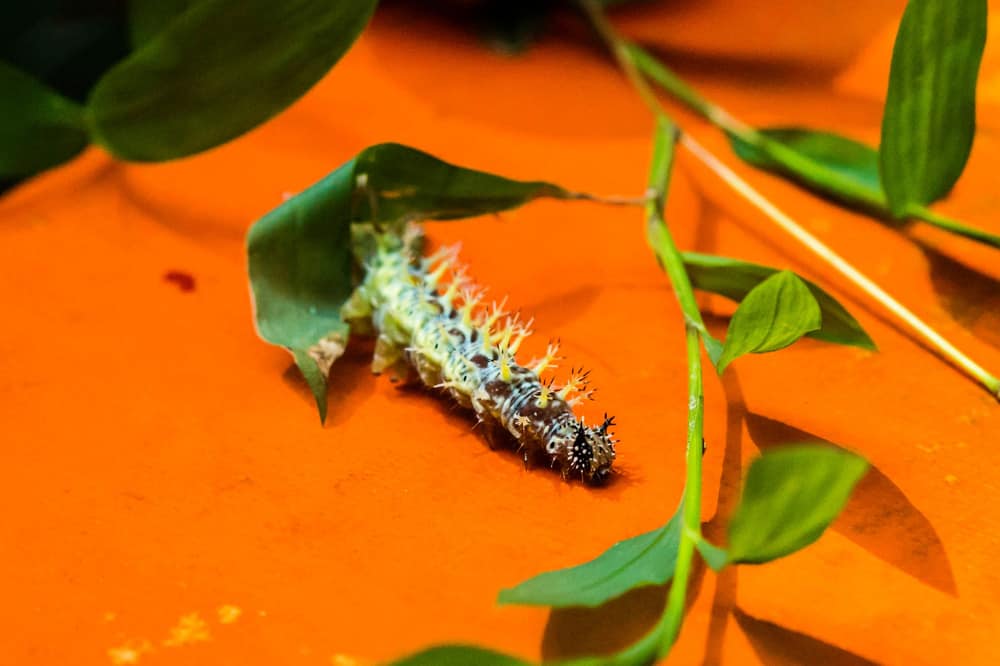
Another insect whose punctuality (wink) is key to its identification is the fragile forktail damselfly. The exclamation points on its thorax distinguish it from any similar species in our area.
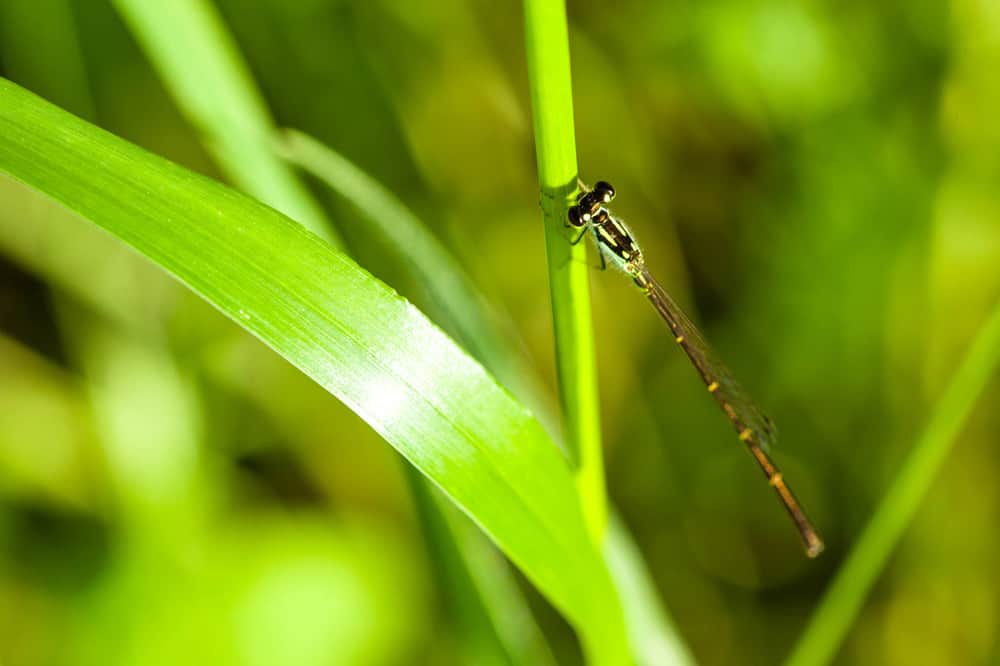
A frequent sight along trails and in backyards this time of year, the yellow garden spider is also known as the writing spider. This orbweaver’s work looks particularly letter-like, with Zs, Ns, and Xs all showing up in the center of its web. This beneficial species, which eats common garden pests, nevertheless has some creepy myths attached to it: one legend goes that if someone destroys this spider’s web, it will write that person’s name in its next one, dooming them to an early grave. Might as well be on the safe side and let it chow down on aphids and mosquitoes in peace!
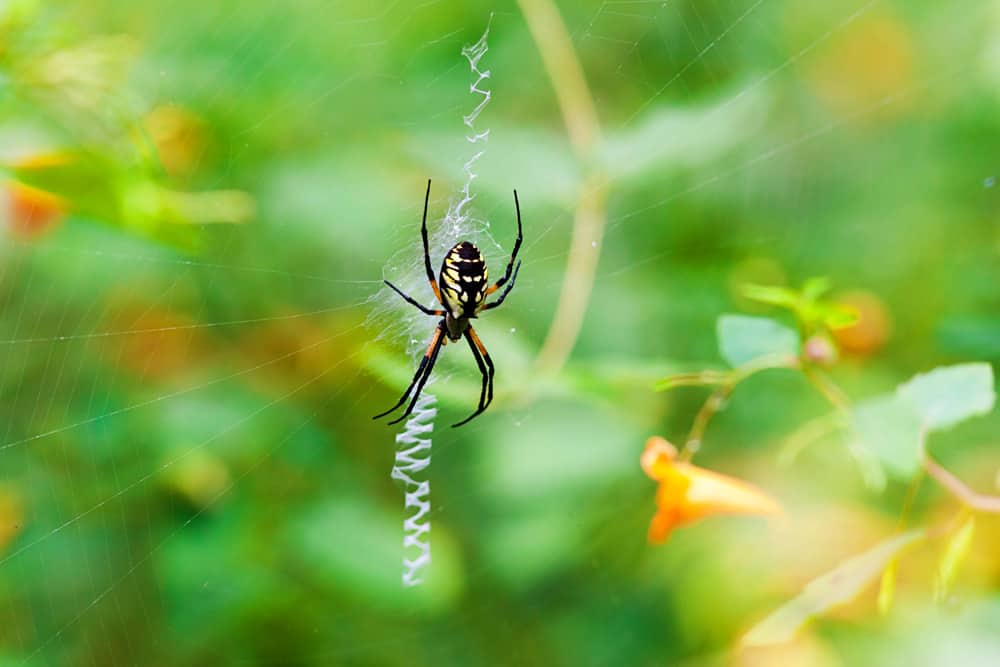
Some insects are named for letters that appear on their bodies. The White M hairstreak has a distinct marking near its tail (it’s thin, but if you tilt your head to the right you’ll spot it). In flight, this butterfly is a brilliant, iridescent blue, which I think is much easier to see than the M!
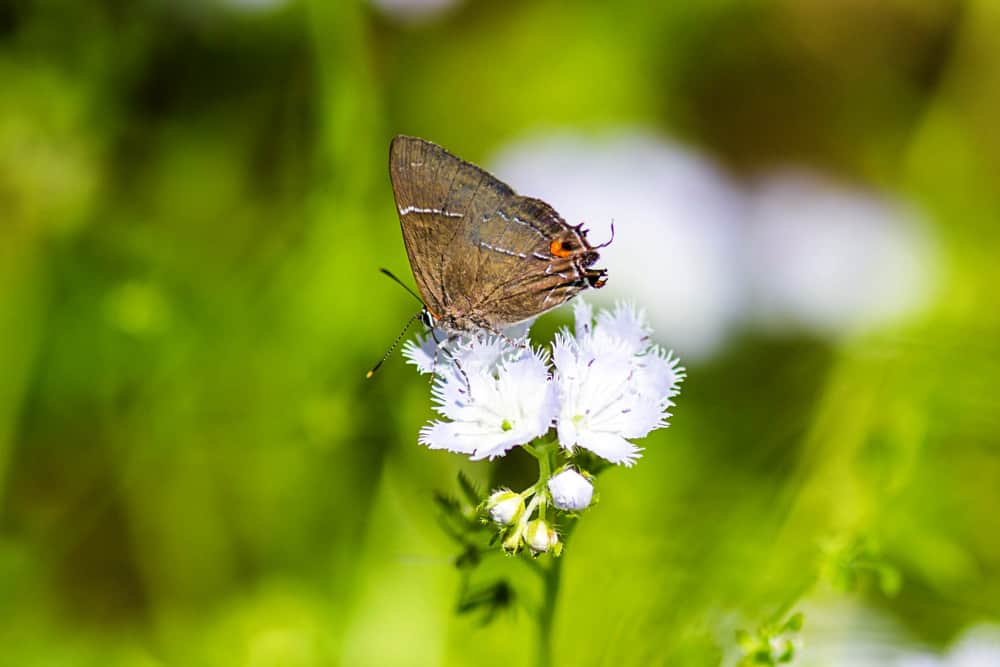
The letter M figures prominently in one more identification challenge. The Asian lady beetle, a non-native species that was introduced for aphid control in the early 1900s, has exploded in population and overtaken many of our native lady beetles. (You may know them as The Ladybugs That Won’t Leave Your House.) But if you’re outside, how do you tell whether you’re looking at a native lady beetle or the invasive one? You look for the M on the thorax.
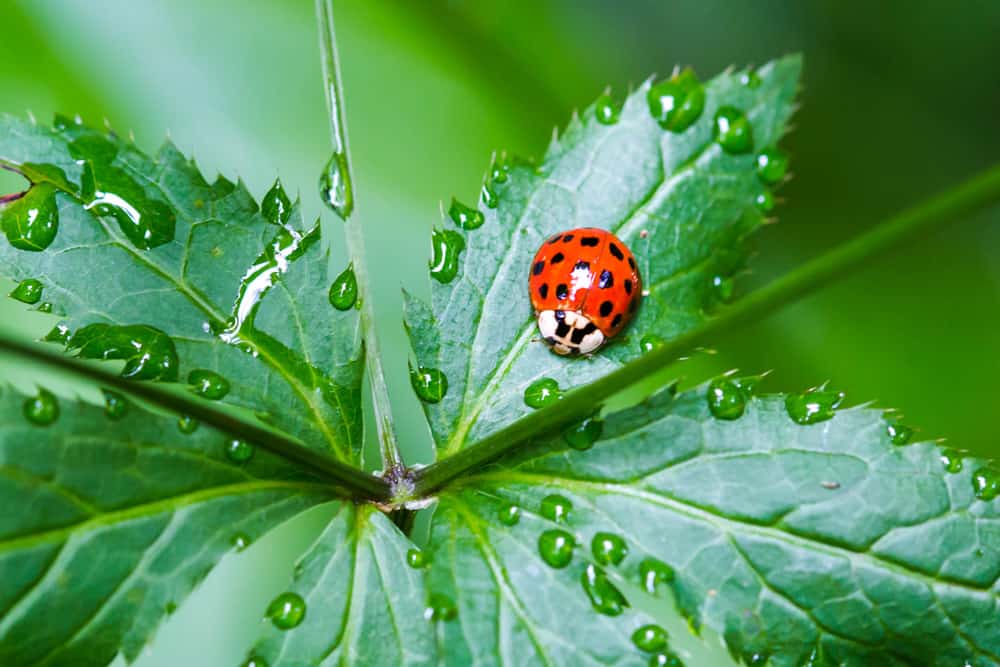
While Asian lady beetles come in multiple shades and with a variety of spot patterns, they’ll almost always have black markings in the shape of an M (or a W if you’re looking at it upside-down) against the white background of their thorax. Below are three native lady beetles and one Asian lady beetle. Can you spot the invasive?
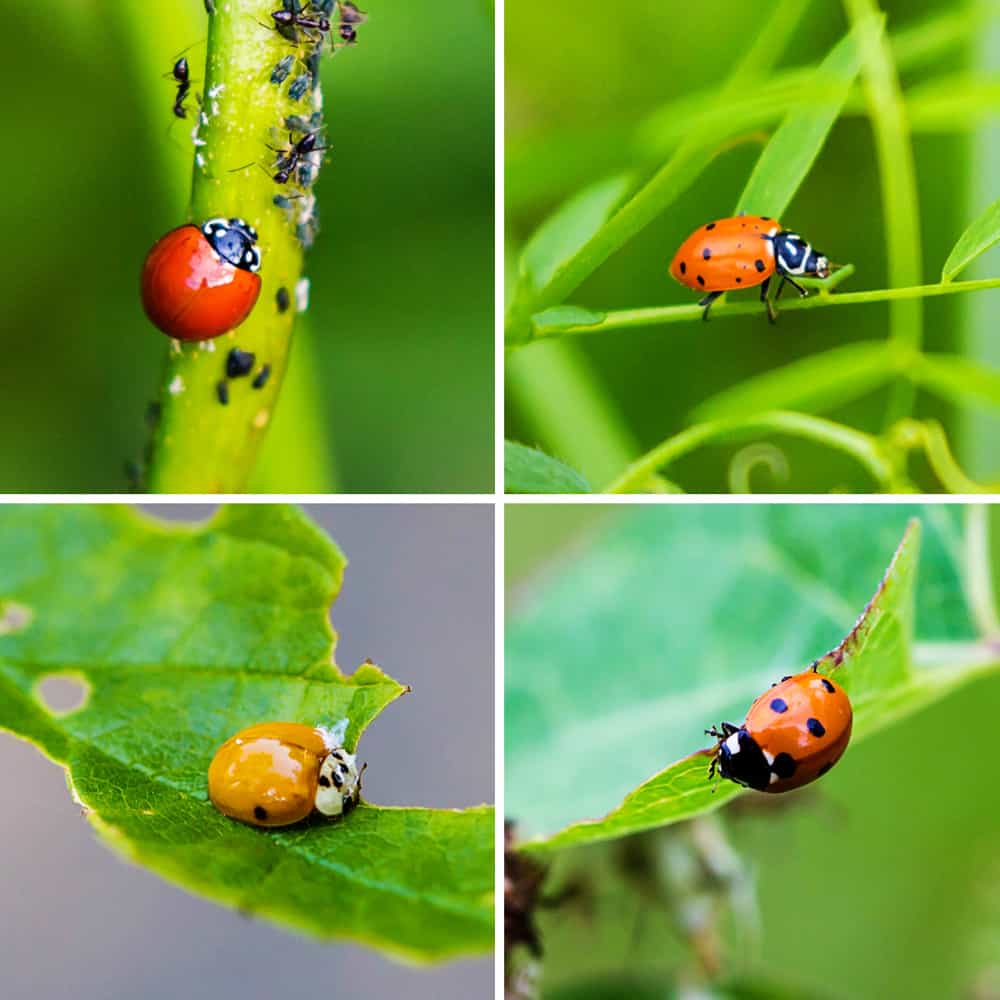
If you guessed the bottom left, you’re correct! Even though it looks dramatically different from the Asian lady beetle pictured above, the M tips you off that it’s actually the same species. (Clockwise from top left: spotless lady beetle, convergent lady beetle, seven-spotted lady beetle, Asian lady beetle)



